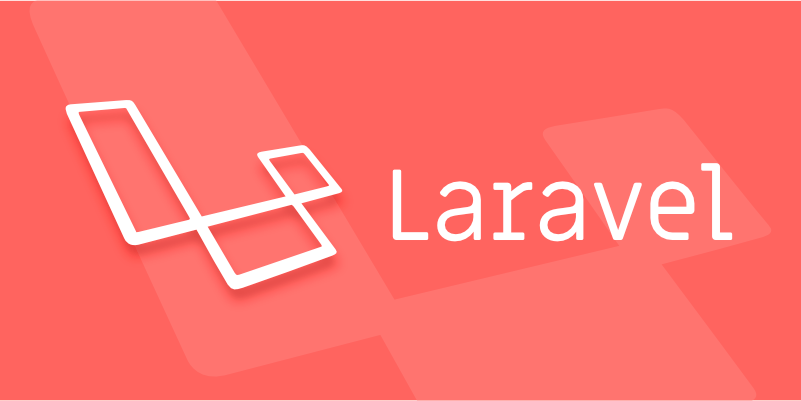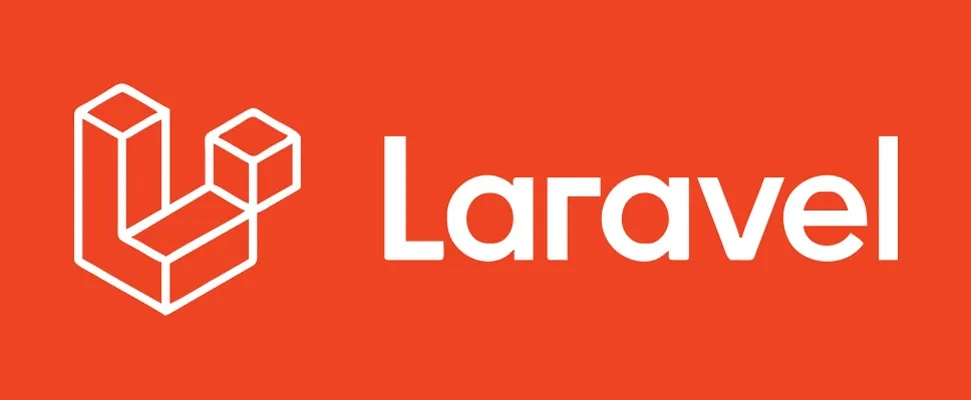Laravel's Model Observers are classes used to listen for model lifecycle events and execute corresponding logic. It can centrally manage model events such as operations during creation, update, and deletion, keeping the code neat. For example, send a welcome email after the user is created. The steps to use include: 1. Use the Artisan command to generate the Observer class; 2. Bind Observer to the model in the service provider; 3. Define methods for handling events in Observer. Applicable scenarios include data cleaning, logging, notification triggering, cache management, etc. When using it, you should pay attention to avoid time-consuming operations, listen to events on demand, and ensure correct binding and testing.

Laravel's Model Observers is a very practical feature that allows you to centrally manage various events (such as creation, update, delete, etc.) listening logic in the model life cycle. The advantage of this is to keep the code neat and handle the actions related to the model in a unified way, rather than scattering around the controller or elsewhere.

What are Model Observers?
Simply put, Model Observers is a class used to listen for model events. When a model has a specific operation (such as created , updated , deleted ), you can trigger the corresponding callback method to execute some additional logic.
For example: When you create a user, you may want to automatically send a welcome email. In this case, you can listen for created events in Observer and then call the email sending logic.

How to create and use Model Observers?
Using Observer is divided into several steps:
-
Generate Observer class

An Observer can be generated through the Artisan command:
php artisan make:observer/UserObserver
Bind Observer to model
In
AppServiceProvideror other service providers, use theobservemethod to bind Observer to the corresponding model:use App\Models\User; use App\Observers\UserObserver; public function boot() { User::observe(UserObserver::class); }Define event handling methods in Observer
For example, if you want to perform certain operations after the user is created, you can add the
createdmethod in Observer:public function created(User $user) { // Send a welcome email or initialize user settings}
Which scenarios are suitable for Model Observers?
Clean or synchronize data
For example, when a model is deleted, you also want to clean up the associated data, which can be written in thedeletedmethod.Record logs or audit information
Want to record who modified a piece of data when? Observer is a good choice.Trigger notification or asynchronous task
You can do it here by sending emails after registering, pushing messages after order status changes, etc.Cache cleanup or refresh
The data has changed, and the cache needs to be updated. At this time, the cache can be cleared inupdatedordeletedevent.
What should you pay attention to when using it?
Don't put too heavy
The methods in Observer are executed synchronously. If you do time-consuming operations (such as large file processing), it will affect performance. It is recommended to use queue asynchronous processing.Not all events need to be monitored
Laravel provides multiple event hooks, but does not require each implementation. Add it on demand for clearer.Remember to test whether Observer is effective
Sometimes forgetting to bind Observer or spelling incorrectly will cause the listening to fail to take effect. Pay attention to this when debugging.
Basically that's it. Model Observers does not seem complicated, but in actual projects, it can help you organize your business logic more clearly and easily maintain. As long as you don't abuse it, it's a very handy gadget.
The above is the detailed content of Explain Model Observers in Laravel.. For more information, please follow other related articles on the PHP Chinese website!

Hot AI Tools

Undress AI Tool
Undress images for free

Undresser.AI Undress
AI-powered app for creating realistic nude photos

AI Clothes Remover
Online AI tool for removing clothes from photos.

Clothoff.io
AI clothes remover

Video Face Swap
Swap faces in any video effortlessly with our completely free AI face swap tool!

Hot Article

Hot Tools

Notepad++7.3.1
Easy-to-use and free code editor

SublimeText3 Chinese version
Chinese version, very easy to use

Zend Studio 13.0.1
Powerful PHP integrated development environment

Dreamweaver CS6
Visual web development tools

SublimeText3 Mac version
God-level code editing software (SublimeText3)
 How to set environment variables in PHP environment Description of adding PHP running environment variables
Jul 25, 2025 pm 08:33 PM
How to set environment variables in PHP environment Description of adding PHP running environment variables
Jul 25, 2025 pm 08:33 PM
There are three main ways to set environment variables in PHP: 1. Global configuration through php.ini; 2. Passed through a web server (such as SetEnv of Apache or fastcgi_param of Nginx); 3. Use putenv() function in PHP scripts. Among them, php.ini is suitable for global and infrequently changing configurations, web server configuration is suitable for scenarios that need to be isolated, and putenv() is suitable for temporary variables. Persistence policies include configuration files (such as php.ini or web server configuration), .env files are loaded with dotenv library, and dynamic injection of variables in CI/CD processes. Security management sensitive information should be avoided hard-coded, and it is recommended to use.en
 What is Configuration Caching in Laravel?
Jul 27, 2025 am 03:54 AM
What is Configuration Caching in Laravel?
Jul 27, 2025 am 03:54 AM
Laravel's configuration cache improves performance by merging all configuration files into a single cache file. Enabling configuration cache in a production environment can reduce I/O operations and file parsing on each request, thereby speeding up configuration loading; 1. It should be enabled when the application is deployed, the configuration is stable and no frequent changes are required; 2. After enabling, modify the configuration, you need to re-run phpartisanconfig:cache to take effect; 3. Avoid using dynamic logic or closures that depend on runtime conditions in the configuration file; 4. When troubleshooting problems, you should first clear the cache, check the .env variables and re-cache.
 How to develop AI intelligent form system with PHP PHP intelligent form design and analysis
Jul 25, 2025 pm 05:54 PM
How to develop AI intelligent form system with PHP PHP intelligent form design and analysis
Jul 25, 2025 pm 05:54 PM
When choosing a suitable PHP framework, you need to consider comprehensively according to project needs: Laravel is suitable for rapid development and provides EloquentORM and Blade template engines, which are convenient for database operation and dynamic form rendering; Symfony is more flexible and suitable for complex systems; CodeIgniter is lightweight and suitable for simple applications with high performance requirements. 2. To ensure the accuracy of AI models, we need to start with high-quality data training, reasonable selection of evaluation indicators (such as accuracy, recall, F1 value), regular performance evaluation and model tuning, and ensure code quality through unit testing and integration testing, while continuously monitoring the input data to prevent data drift. 3. Many measures are required to protect user privacy: encrypt and store sensitive data (such as AES
 How to make PHP container support automatic construction? Continuously integrated CI configuration method of PHP environment
Jul 25, 2025 pm 08:54 PM
How to make PHP container support automatic construction? Continuously integrated CI configuration method of PHP environment
Jul 25, 2025 pm 08:54 PM
To enable PHP containers to support automatic construction, the core lies in configuring the continuous integration (CI) process. 1. Use Dockerfile to define the PHP environment, including basic image, extension installation, dependency management and permission settings; 2. Configure CI/CD tools such as GitLabCI, and define the build, test and deployment stages through the .gitlab-ci.yml file to achieve automatic construction, testing and deployment; 3. Integrate test frameworks such as PHPUnit to ensure that tests are automatically run after code changes; 4. Use automated deployment strategies such as Kubernetes to define deployment configuration through the deployment.yaml file; 5. Optimize Dockerfile and adopt multi-stage construction
 Explain Laravel Eloquent Scopes.
Jul 26, 2025 am 07:22 AM
Explain Laravel Eloquent Scopes.
Jul 26, 2025 am 07:22 AM
Laravel's EloquentScopes is a tool that encapsulates common query logic, divided into local scope and global scope. 1. The local scope is defined with a method starting with scope and needs to be called explicitly, such as Post::published(); 2. The global scope is automatically applied to all queries, often used for soft deletion or multi-tenant systems, and the Scope interface needs to be implemented and registered in the model; 3. The scope can be equipped with parameters, such as filtering articles by year or month, and corresponding parameters are passed in when calling; 4. Pay attention to naming specifications, chain calls, temporary disabling and combination expansion when using to improve code clarity and reusability.
 PHP development user permission management monetization PHP permission control and role management
Jul 25, 2025 pm 06:51 PM
PHP development user permission management monetization PHP permission control and role management
Jul 25, 2025 pm 06:51 PM
User permission management is the core mechanism for realizing product monetization in PHP development. It separates users, roles and permissions through a role-based access control (RBAC) model to achieve flexible permission allocation and management. The specific steps include: 1. Design three tables of users, roles, and permissions and two intermediate tables of user_roles and role_permissions; 2. Implement permission checking methods in the code such as $user->can('edit_post'); 3. Use cache to improve performance; 4. Use permission control to realize product function layering and differentiated services, thereby supporting membership system and pricing strategies; 5. Avoid the permission granularity is too coarse or too fine, and use "investment"
 How to use PHP combined with AI to analyze video content PHP intelligent video tag generation
Jul 25, 2025 pm 06:15 PM
How to use PHP combined with AI to analyze video content PHP intelligent video tag generation
Jul 25, 2025 pm 06:15 PM
The core idea of PHP combining AI for video content analysis is to let PHP serve as the backend "glue", first upload video to cloud storage, and then call AI services (such as Google CloudVideoAI, etc.) for asynchronous analysis; 2. PHP parses the JSON results, extract people, objects, scenes, voice and other information to generate intelligent tags and store them in the database; 3. The advantage is to use PHP's mature web ecosystem to quickly integrate AI capabilities, which is suitable for projects with existing PHP systems to efficiently implement; 4. Common challenges include large file processing (directly transmitted to cloud storage with pre-signed URLs), asynchronous tasks (introducing message queues), cost control (on-demand analysis, budget monitoring) and result optimization (label standardization); 5. Smart tags significantly improve visual
 How to build a content payment platform through PHP How to implement PHP paid reading system
Jul 25, 2025 pm 06:30 PM
How to build a content payment platform through PHP How to implement PHP paid reading system
Jul 25, 2025 pm 06:30 PM
To build a PHP content payment platform, it is necessary to build a user management, content management, payment and permission control system. First, establish a user authentication system and use JWT to achieve lightweight authentication; second, design the backend management interface and database fields to manage paid content; third, integrate Alipay or WeChat payment and ensure process security; fourth, control user access rights through session or cookies. Choosing the Laravel framework can improve development efficiency, use watermarks and user management to prevent content theft, optimize performance requires coordinated improvement of code, database, cache and server configuration, and clear policies must be formulated and malicious behaviors must be prevented.







